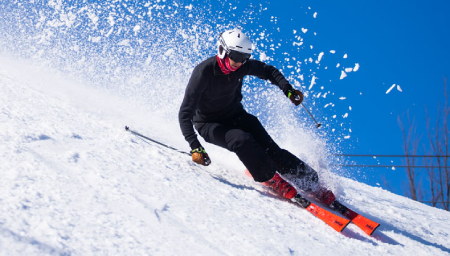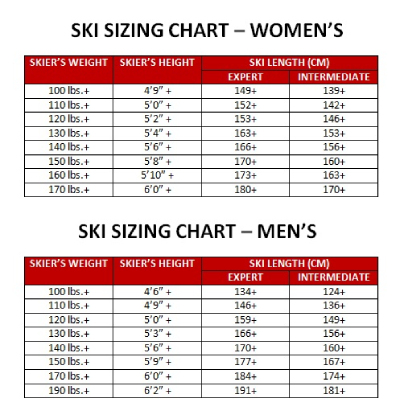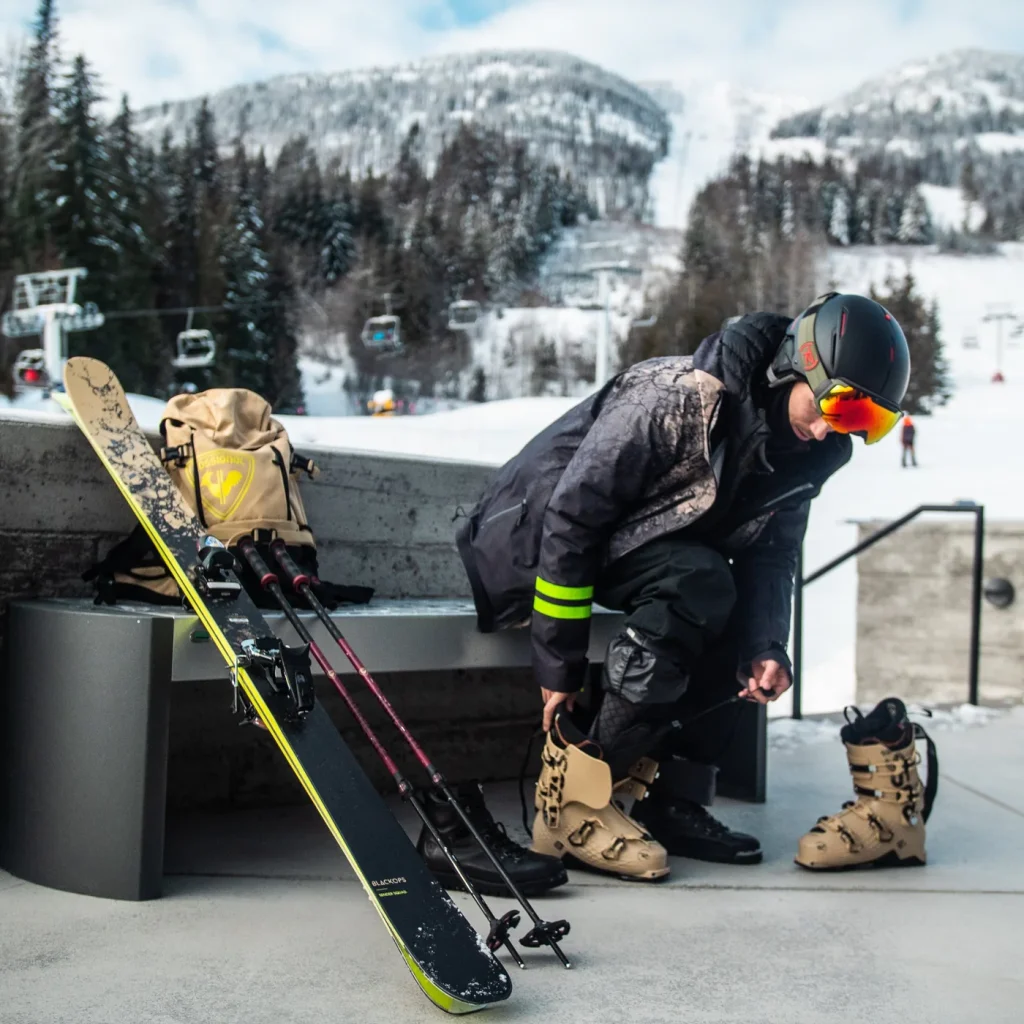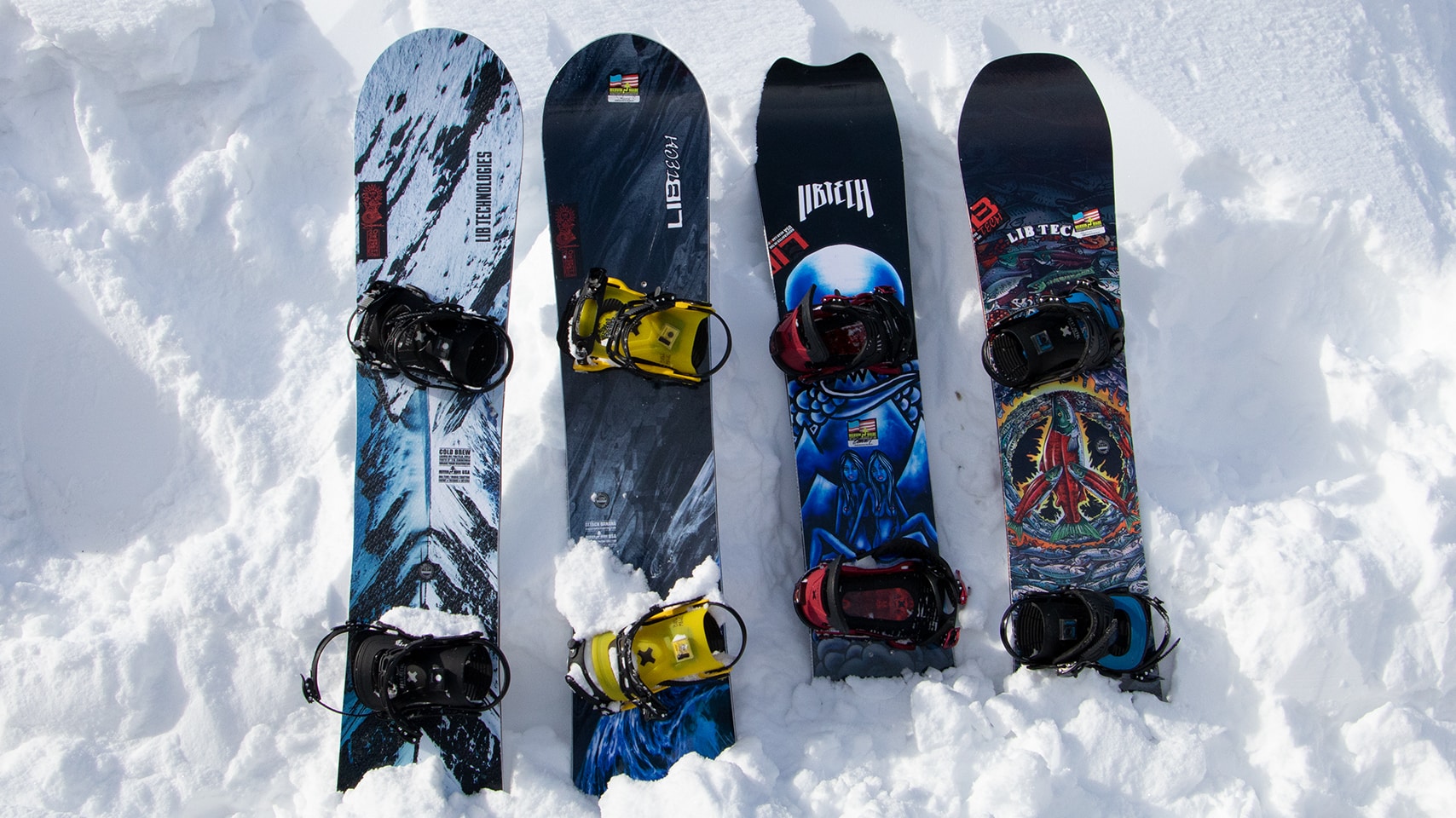
Choosing the right ski size can feel overwhelming, especially if you’re new to skiing or upgrading your gear. Whether you’re cruising groomed trails or tackling powder runs, the ski length you pick plays a major role in your performance, safety, and overall enjoyment on the slopes.
In this guide, we’ll break down everything you need to know about What Size Skis Do I Need, using a balance of expertise and clarity. From ski size charts by height and weight to tips for beginners, you’ll find all the answers here.

Content
Understanding Ski Length
Ski length is measured in centimeters (cm), and the right length depends on several factors: your height, weight, ability level, and skiing style.
A general rule of thumb is that skis should fall somewhere between your chin and the top of your head. But that’s just a starting point.
The key is adjusting your ski length based What Size Skis Do I Need. For example, a beginner might prefer a slightly shorter ski for more control, while advanced skiers may go longer for better stability at speed.
Ski Size Chart by Height and Weight
To help you get started, here’s a ski size chart by height and weight. This provides a reliable baseline that you can adjust based on your ability level and preferences.
| Height (ft/in) | Weight (lbs) | Suggested Ski Length (cm) |
| 5’0” – 5’2” | 100 – 120 | 140 – 150 |
| 5’3” – 5’5” | 120 – 140 | 145 – 155 |
| 5’6” – 5’8” | 140 – 160 | 155 – 165 |
| 5’9” – 5’11” | 160 – 180 | 165 – 175 |
| 6’0” – 6’2” | 180 – 200 | 175 – 185 |
| 6’3” and up | 200+ | 185 – 195+ |
Tip: Use this as a starting point and then adjust based on your skiing style and ability level.
How to Choose the Right Ski Length

When asking how to choose the right ski length, consider your experience first:
Beginner Skiers
If you’re just starting out, shorter skis are usually best. They’re easier to control, turn more easily, and make learning less intimidating.
Best ski length for beginners is typically 10-15 cm shorter than what’s recommended for your height and weight.
Intermediate Skiers
Once you’re confident on blue runs and starting to explore more terrain, go for a ski length closer to your height. This gives you more stability without losing too much control.
Advanced & Expert Skiers
Experienced skiers often prefer longer skis for speed and edge hold. If you’re skiing aggressively or off-piste, a longer ski will serve you better.
Consider Your Skiing Style
Your skiing style also plays a role in choosing the right ski length.
- All-Mountain: For versatile skiers, go with a length close to your full height.
- Freestyle: Park and pipe skiers often choose shorter skis for maneuverability.
- Powder: In deep snow, longer skis with more surface area help you float better.
- Carving: If you love sharp turns and groomed trails, slightly shorter skis give quicker response.
Ski Size Based on Terrain
Where you plan to ski also affects the size of skis you’ll need:
- Groomed Trails: Stick to mid-range lengths for stability and control.
- Backcountry: Go longer for better float in powder.
- Park & Pipe: Choose a slightly shorter ski for tricks and agility.
Combining What Size Skis Do I Need for my height and weight with terrain type will give you the best chance of picking the right gear.
Ski Sizing for Kids
Kids grow quickly, so picking the right size for young skiers is important but sometimes tricky. Here’s a quick guide:
- For first-time skiers (ages 3–5), skis should fall between the chest and chin.
- As kids gain experience, you can size up to between the chin and nose.
- Avoid buying skis too large “to grow into.” They can make learning harder and riskier.
A good rule is to aim for skis that are 10–15 cm shorter than the child’s height.
Ski Pole Sizing (Bonus Tip)
While not the main topic, knowing your ski pole size helps complete your setup.
Here’s a quick method:
- Flip the pole upside down (handle on the ground).
- Grip the pole just under the basket.
- Your elbow should form a 90-degree angle.
Proper pole length improves balance and posture on the slopes.
Other Factors to Consider

Weight
Heavier skiers may benefit from slightly longer skis for better support and stability, while lighter skiers might feel more comfortable on shorter skis.
Gender
Many skis are now unisex, but some gender-specific models adjust flex and weight distribution. Don’t let marketing alone guide you—focus on your ability and comfort.
Rocker and Camber Profiles
Modern skis use rocker (curved tips and/or tails) to improve float and turn initiation. This can affect how a ski “feels” for its length. A ski with rocker might ski shorter than its actual length.
Final Thoughts
So, what size skis do i need? There’s no one-size-fits-all answer—but you’re now equipped with all the tools to decide.
Consider your:
- Height and weight
- Skill level
- Skiing style
- Terrain preference
Use the ski size chart by height and weight as a starting point, and don’t be afraid to seek expert advice in-store or online. The more personalized your approach, the better your experience will be on the slopes. Learn what to consider when buying a snowboard to make the best choice for your skill level and riding style.
FAQs About Skis Size
What is the best ski length for beginners?
For most beginners, skis should be 10–15 cm shorter than your height. This makes them easier to control and turn while building confidence on the slopes.
How do I know what size skis I need for my height and weight?
Use a ski size chart by height and weight to find your baseline length. Then adjust based on your skill level and skiing style for a personalized fit.

Eldon Barrett’s knowledge of sports is boundless. His in-depth analysis and captivating storytelling will make you see the games you love in a whole new light.

